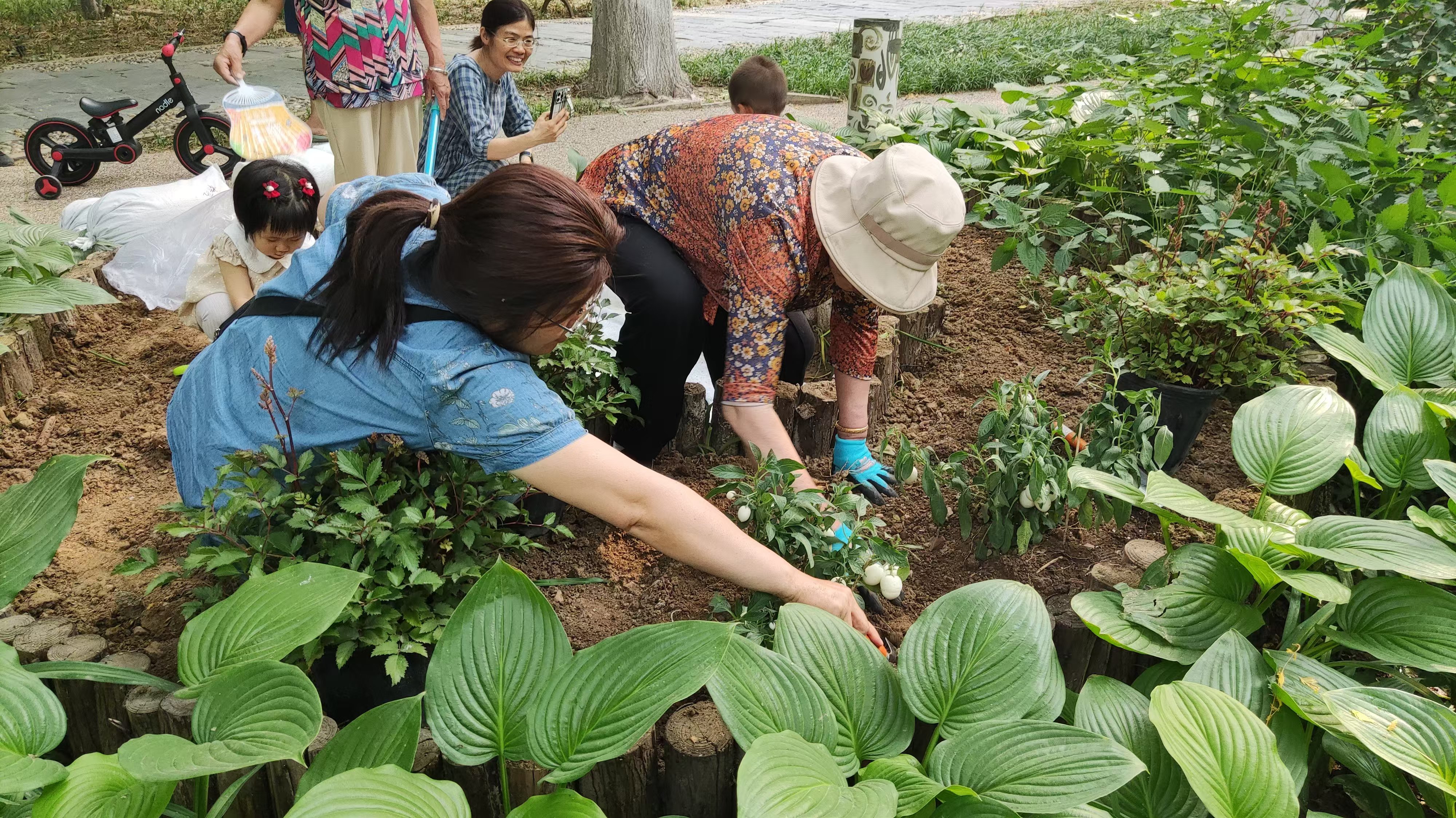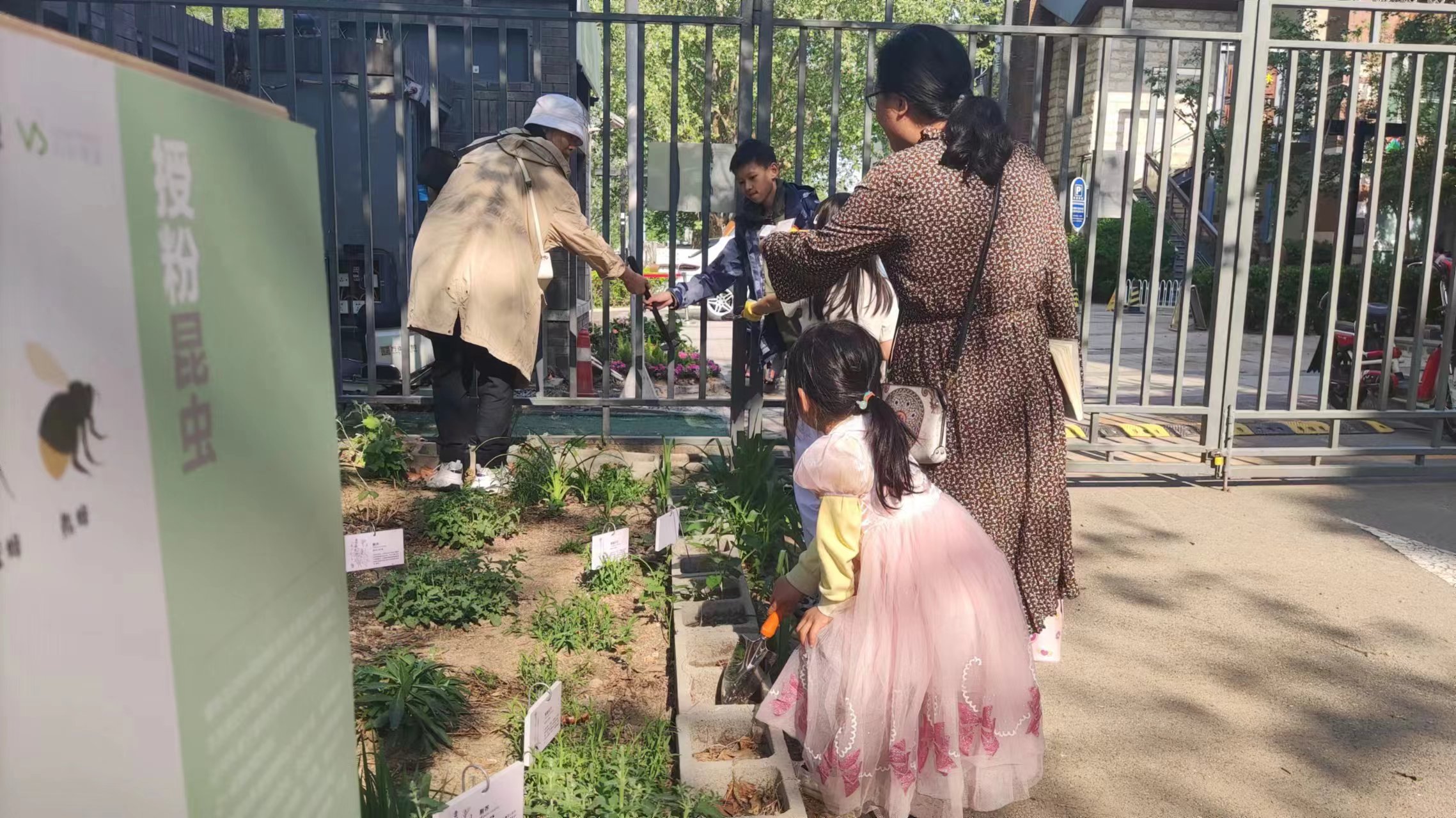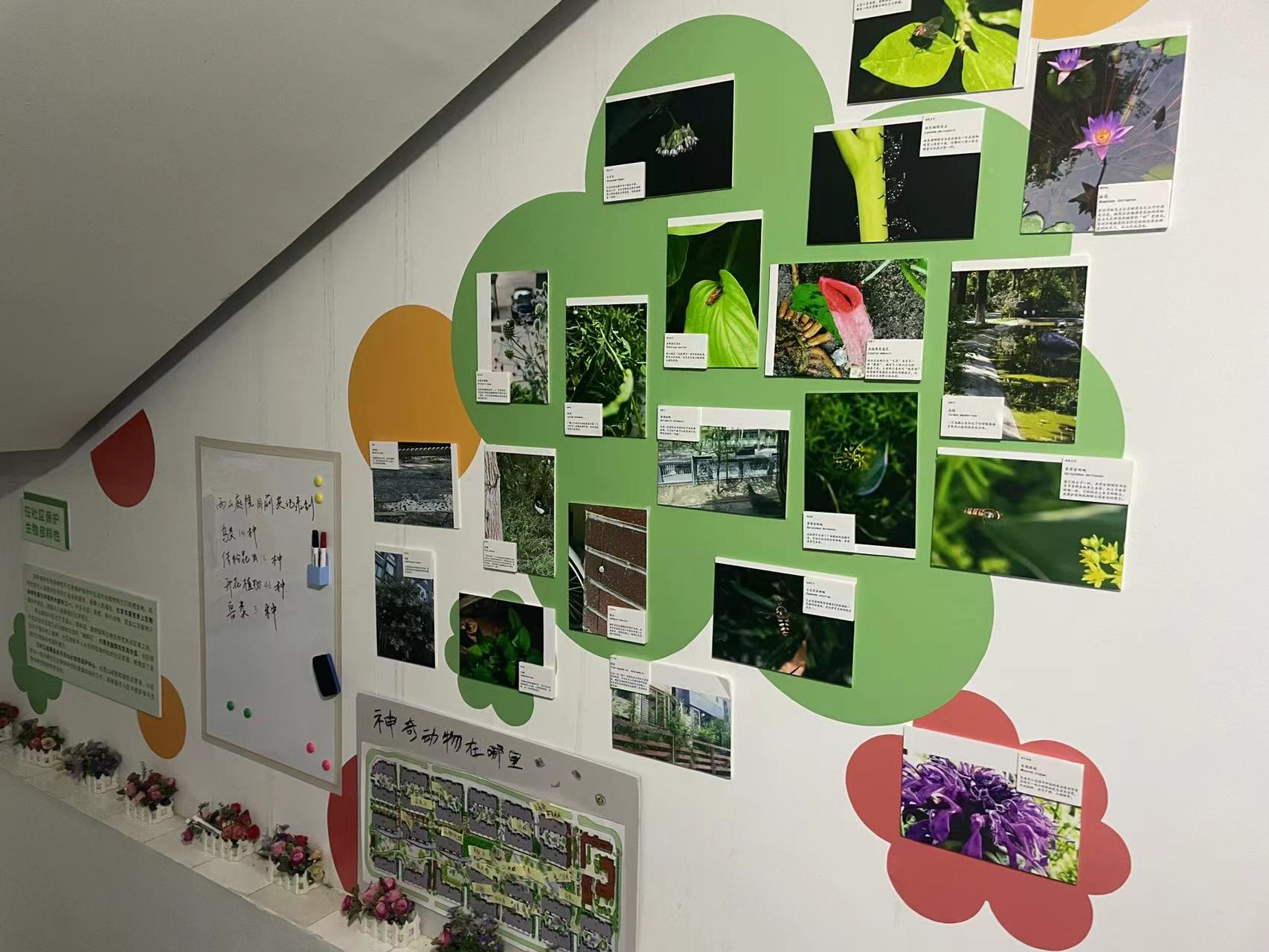- Urban Biodiversity in Meisha
- Xishan Courtyard — A Community-Driven Hub for Nature Education
Located in the Guangdong-Hong Kong-Macao Greater Bay Area, Shenzhen sits in the northeastern part of the Indo-Burma biodiversity hotspot, serving as a crucial "stopover" for migratory birds globally. The area boasts high biodiversity and ecological quality, and is home to 128 species under national protection. Meisha Subdistrict, situated in eastern Shenzhen, features diverse habitats with lush forests, green spaces, and wetlands, making it a symbol of biodiversity in the Greater Bay Area.
To address the risks of climate change and build community resilience, Vanke Foundation has been working since 2021 in collaboration with several government agencies, including Shenzhen Municipal Administration for the Protection of Wildlife, Yantian Administration of the Shenzhen Municipal Ecology and Environment Bureau, and Urban Administration and Law Enforcement Bureau of Yantian District. Together with a diverse group of experts and professional teams, they have carried out extensive research on local wildlife and coastal biodiversity. Aligned with the goal of creating sustainable communities, these efforts focus on a range of strategies—from baseline ecological surveys and public engagement to ecological restoration—to explore how urban biodiversity conservation in coastal areas can help combat the challenges of climate change. This initiative also contributes to the broader goals of urban sustainability and building carbon-neutral communities.
To gain a deeper understanding of the region’s biodiversity, Vanke Foundation partnered with institutions such as Sun Yat-sen University and South China Botanical Garden, as well as organizations like Blue Fins, to survey the plants, animals, and coastal marine life in Meisha. Their research identified 273 species, including 128 protected species, and successfully mapped breeding sites for endangered species, providing crucial data for future conservation efforts. More than just compiling a list of species, the project aims to inspire residents of Meisha Carbon-Neutral Community to reconnect with nature—to notice, appreciate, and enjoy their natural surroundings, and to experience the many benefits that Meisha’s natural environment offers for a greener, low-carbon lifestyle.
Building on extensive research, we’ve been able to pinpoint the challenges that invasive species pose to Meisha’s local ecosystem. In close partnership with experts, we’ve launched projects like Inland Lake & Wetland Ecological Restoration and Vanke Center Rooftop Ecological Transformation, as part of our ongoing search for holistic urban biodiversity solutions in the context of carbon neutrality.
Engaging the public is also central to urban biodiversity efforts. To make ecological education fun, accessible, and community-driven, Vanke Foundation has helped set up five community gardens over the past four years. Alongside themed park events, these gardens have brought together more than 200 residents and volunteer groups, who’ve worked hand-in-hand to provide habitats for local wildlife and preserve the area’s natural beauty. In Meisha’s unique environment, where mountains meet the sea, we’ve organized activities like the “Nature Observation Challenge,” “Water Monster Hunt,” and “Citizen River Guardian.” We also use digital tools to encourage residents to spot local species, remove invasive plants and animals, and join in building a better Meisha for everyone.
Ultimately, it’s only with flourishing plant communities and thriving marine ecosystems between the mountains and sea that we can achieve truly sustainable carbon sequestration.
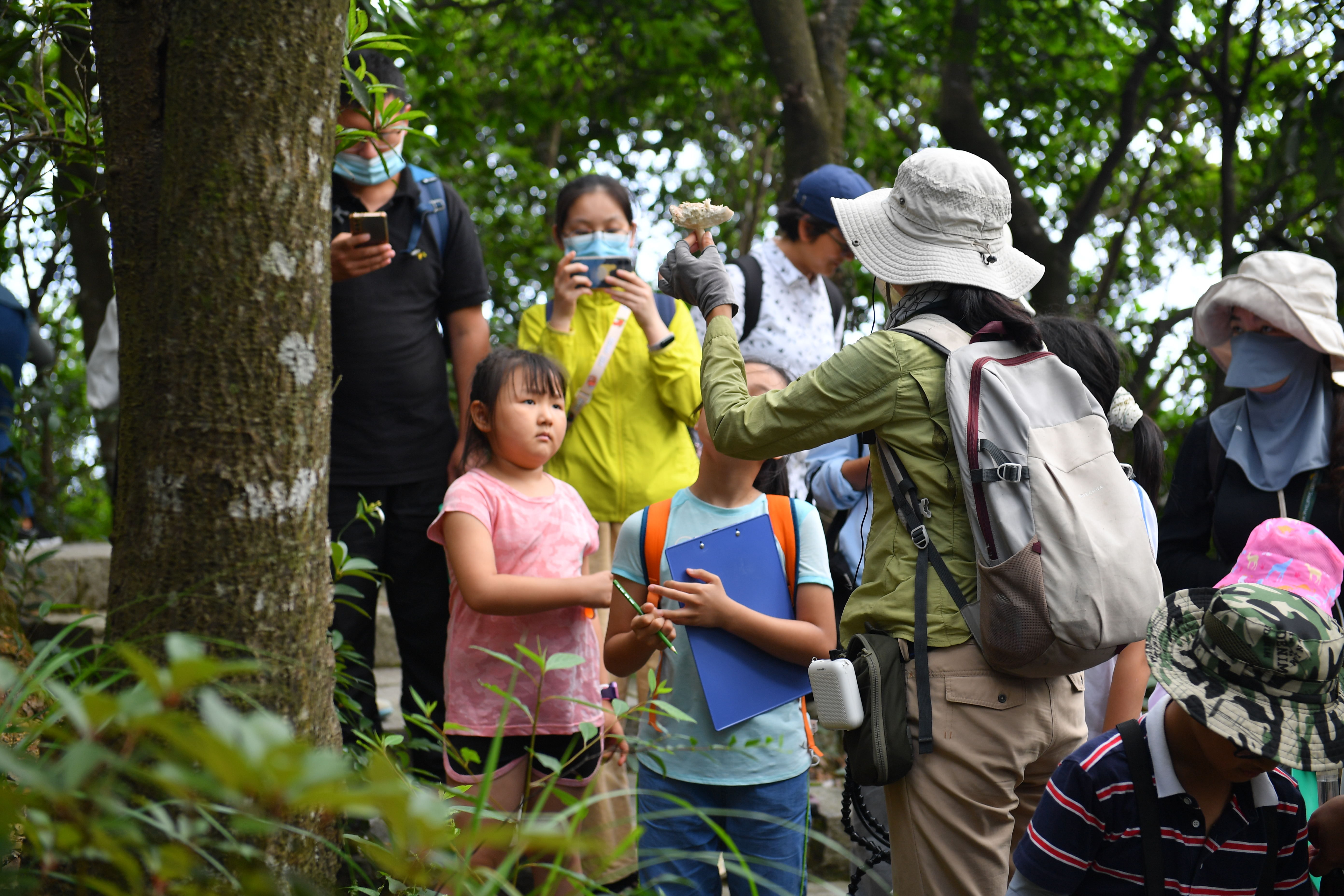
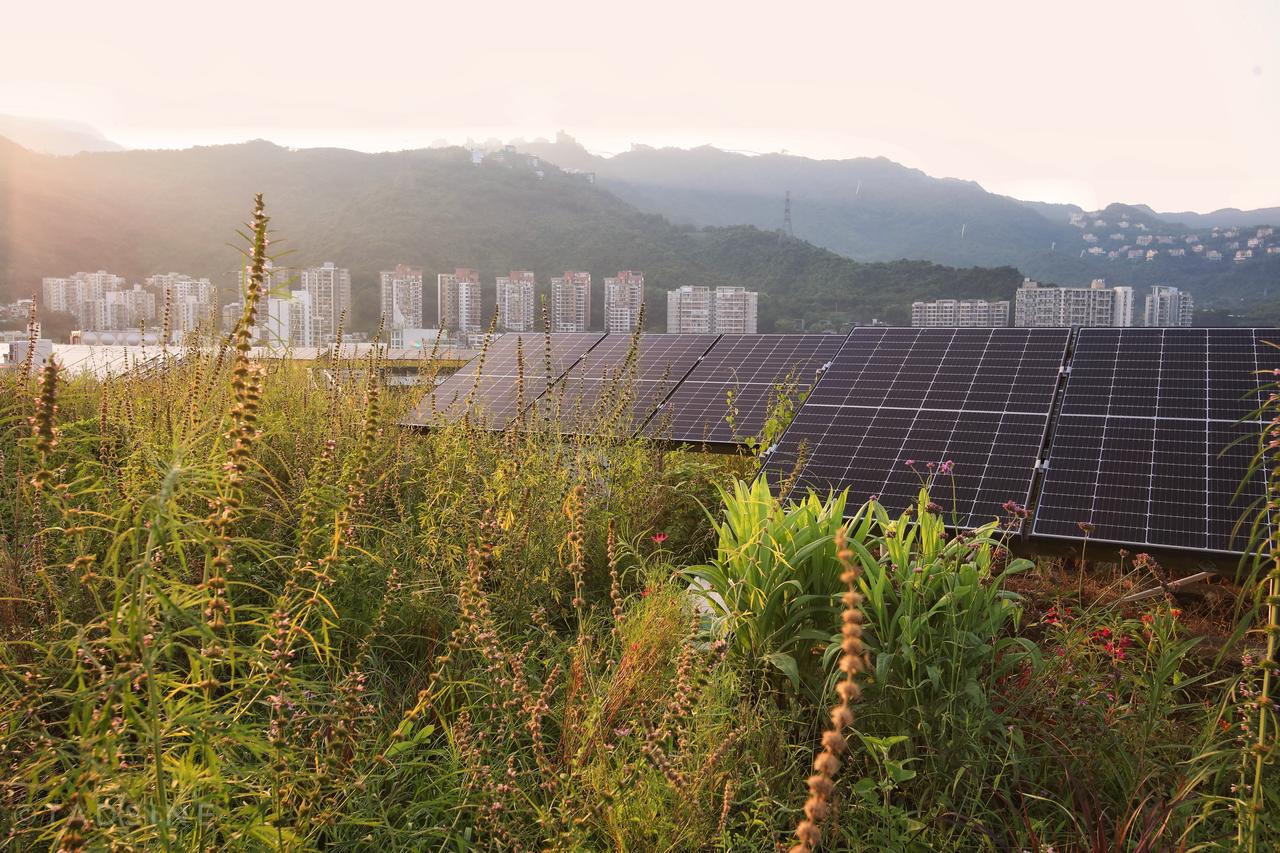
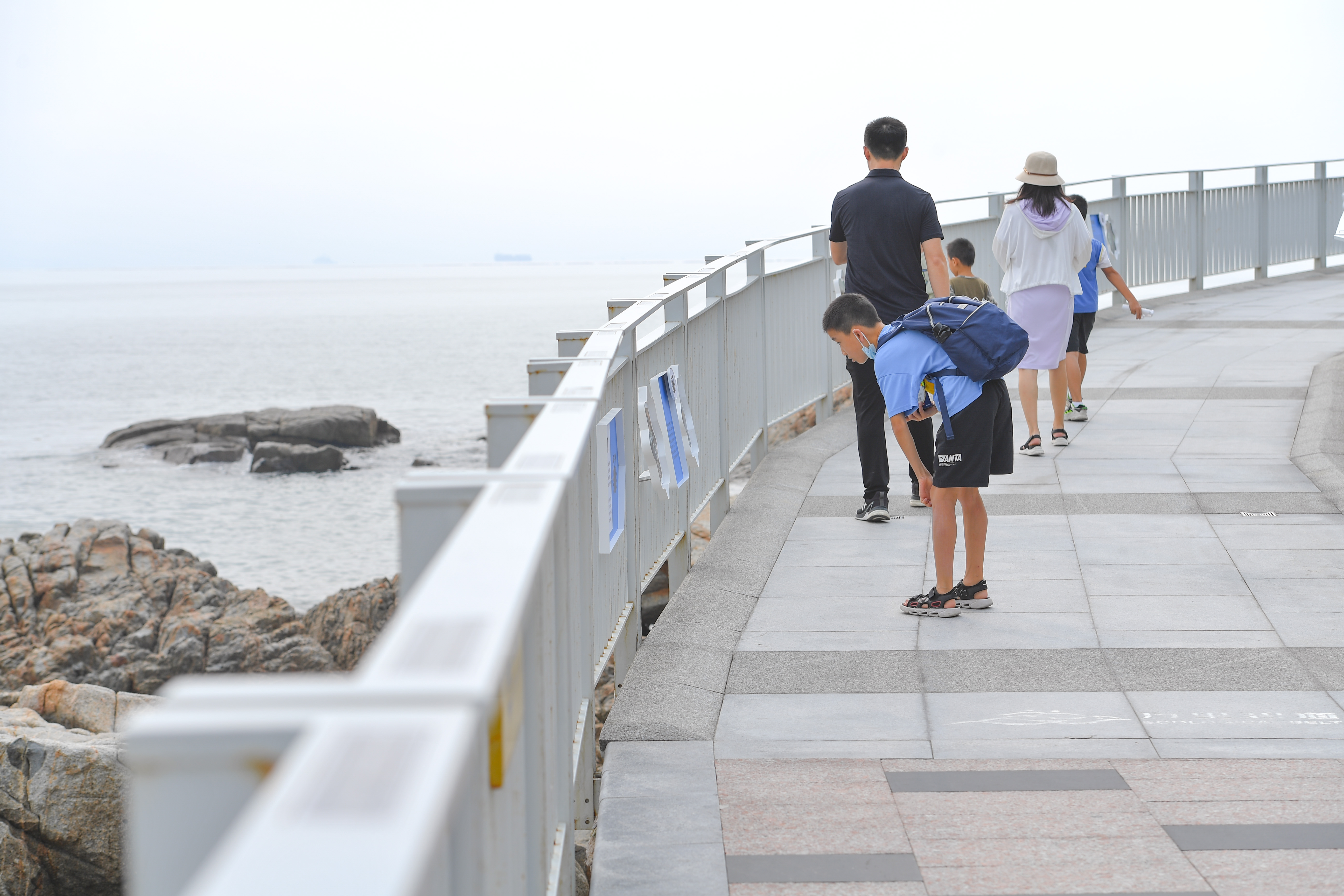

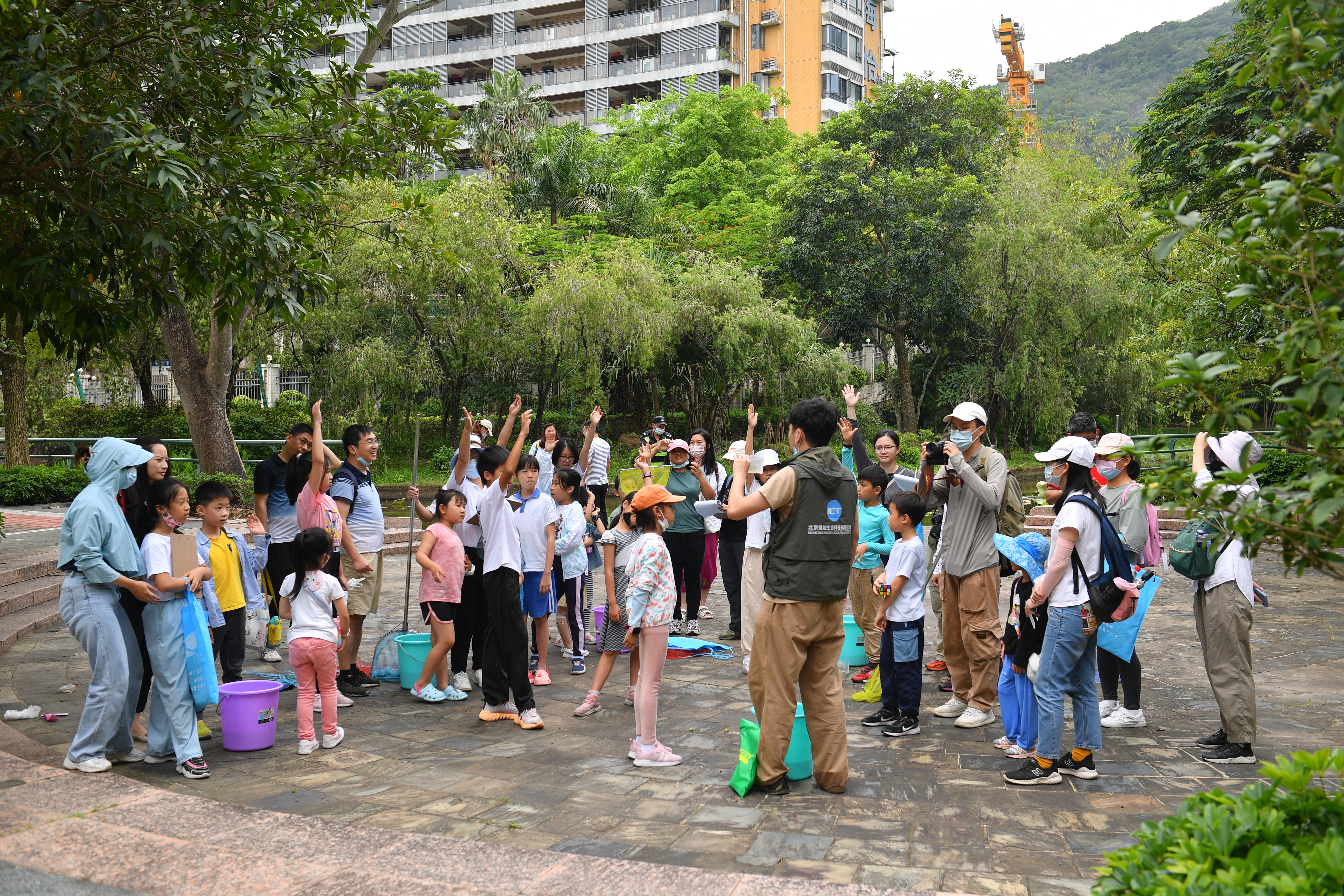
In 2018, Vanke Foundation embraced “sustainable communities” as its guiding vision, making “community waste management” a flagship initiative. With the foundation’s support and by bringing together social enterprises, charities, schools, government, and other stakeholders, Xishan Courtyard has spent years pioneering zero-waste practices at the community level. Their approach has yielded a sustainable development path: it starts with reducing waste at the source and sorting recyclables; kitchen and garden waste is processed on-site to bring nutrients back to the soil; last but not the least, residents play an active role in creating community gardens, which have become platforms for nature education and models for biodiversity-friendly living.
On-Site Organic Waste Recycling
Xishan Courtyard introduced black soldier fly facilities in 2018 to handle kitchen waste. Today, the system can process up to 500kg of waste daily, enabling the community to recycle all its kitchen scraps right where they’re produced. All of the community’s kitchen waste can be processed efficiently and entirely on-site, with no need for off-site transport. The larvae feed the community’s aquaponics system, while composted waste and garden clippings are turned into organic fertilizer for landscaping and vegetable beds, creating a sustainable, closed-loop cycle in the community. Thanks to the collaboration of local officials, charities, residents, and businesses, the site has become an “eco-station” that not only manages organic waste but also serves as a hands-on learning center for environmental education.
Exploring Community-Based Nature Education
In August 2023, Xishan Courtyard was officially recognized by the Chinese Society of Forestry as part of the fourth group of National Nature Education Bases. It stands out as one of the few certified sites in the country that’s embedded within a residential community.
As a community-centered nature education hub, Xishan Courtyard has developed a comprehensive system for exhibitions and guided tours. The team of guides includes enthusiastic local residents and property management staff who know the area inside out. They share the community’s stories in simple, relatable language, helping visitors connect with the space through everyday experiences.
At Xishan Courtyard, on-site organic waste recycling, nature education, and efforts to foster biodiversity all go hand in hand, forming the core of community life. Building on this foundation, local nonprofit organizations regularly hold a wide range of nature-focused activities for residents—everything from hands-on zero-waste workshops and wildlife observation to the maintenance of ecological gardens. During these activities, the team is constantly refining and organizing the content, developing a series of nature education programs tailored to the unique realities of the community. These programs not only share theoretical knowledge but also emphasize practical, hands-on experience. Residents are encouraged to get involved, deepening their understanding of sustainable living through personal experience. Little by little, this approach is weaving ecological awareness and conservation into the fabric of everyday community life.
Building a Biodiversity-Friendly Community
As part of its commitment to fostering biodiversity, Vanke Foundation has funded organizations focused on biodiversity and supported their activities within the community. Local nonprofit organizations have taken a systematic, citizen science approach to engaging residents and advancing biodiversity initiatives. For instance, they launched an online campaign inviting neighbors to photograph and share images of the community’s most notable wildlife. After experts verified the species, all submissions were added to a community biodiversity database, making the project both interactive and scientifically valuable. They’ve also designed targeted research projects, enlisting community volunteers to carry out comprehensive surveys of birds, pollinators, and flowering plants throughout the community. Xishan Courtyard regularly hosts biodiversity photo exhibitions, featuring ecological photography by local residents. By combining ecological background research with fieldwork and data collection, the team has built a detailed baseline database of the area’s biodiversity.
So far, the community has identified 20 species of birds, 31 types of pollinators, and 87 varieties of flowering plants.

